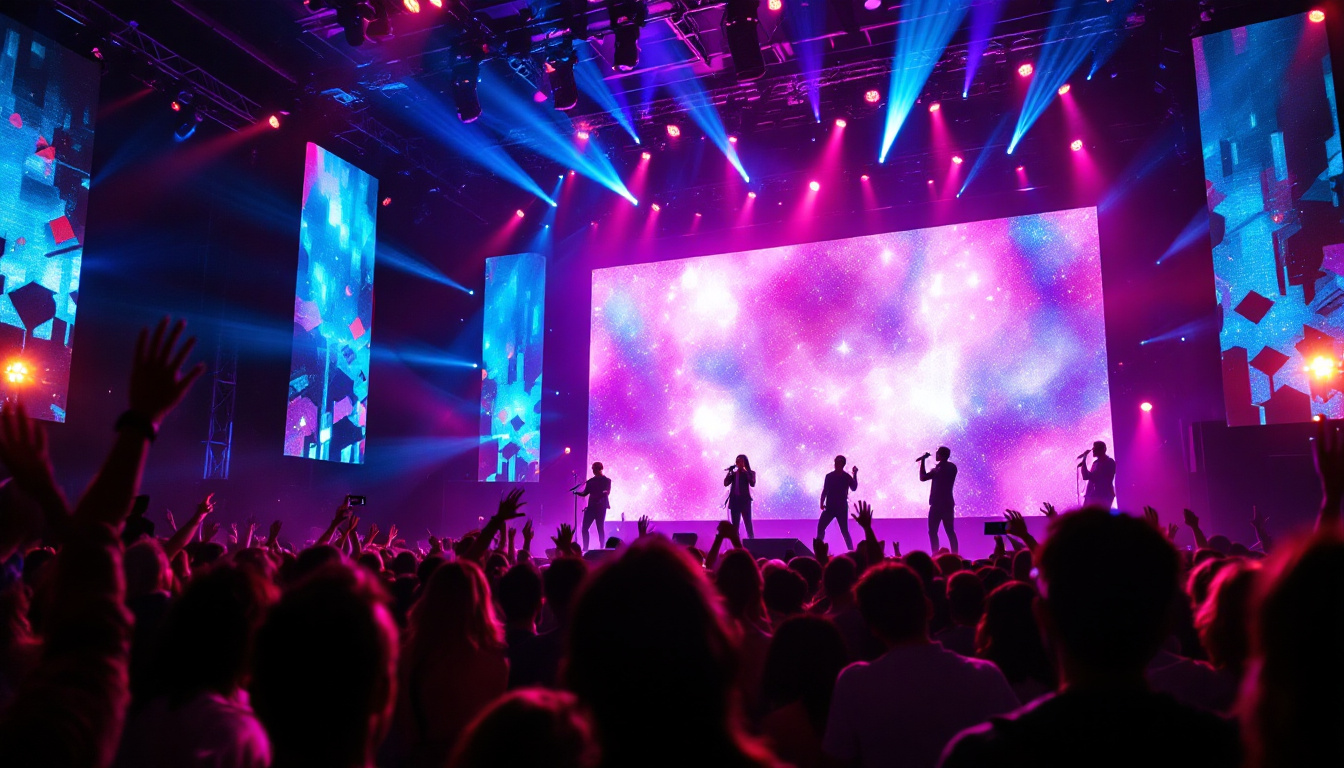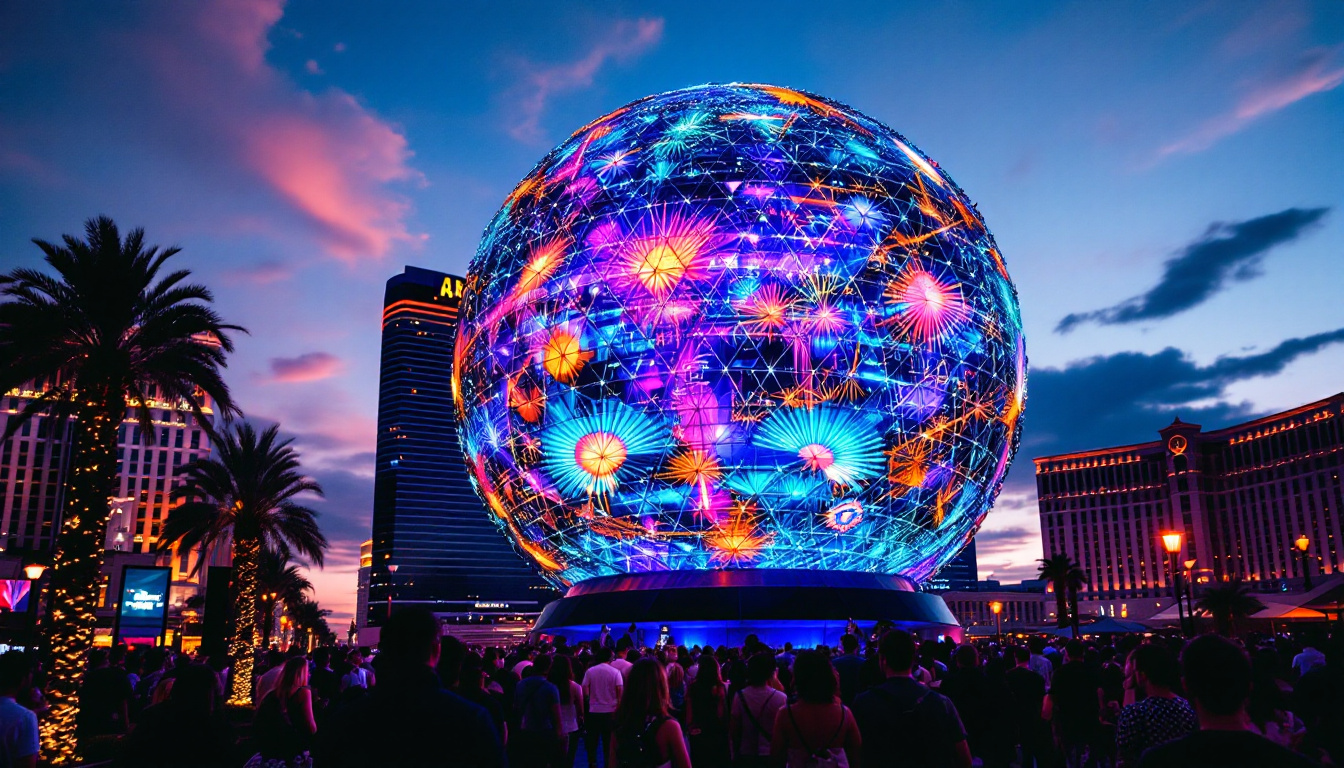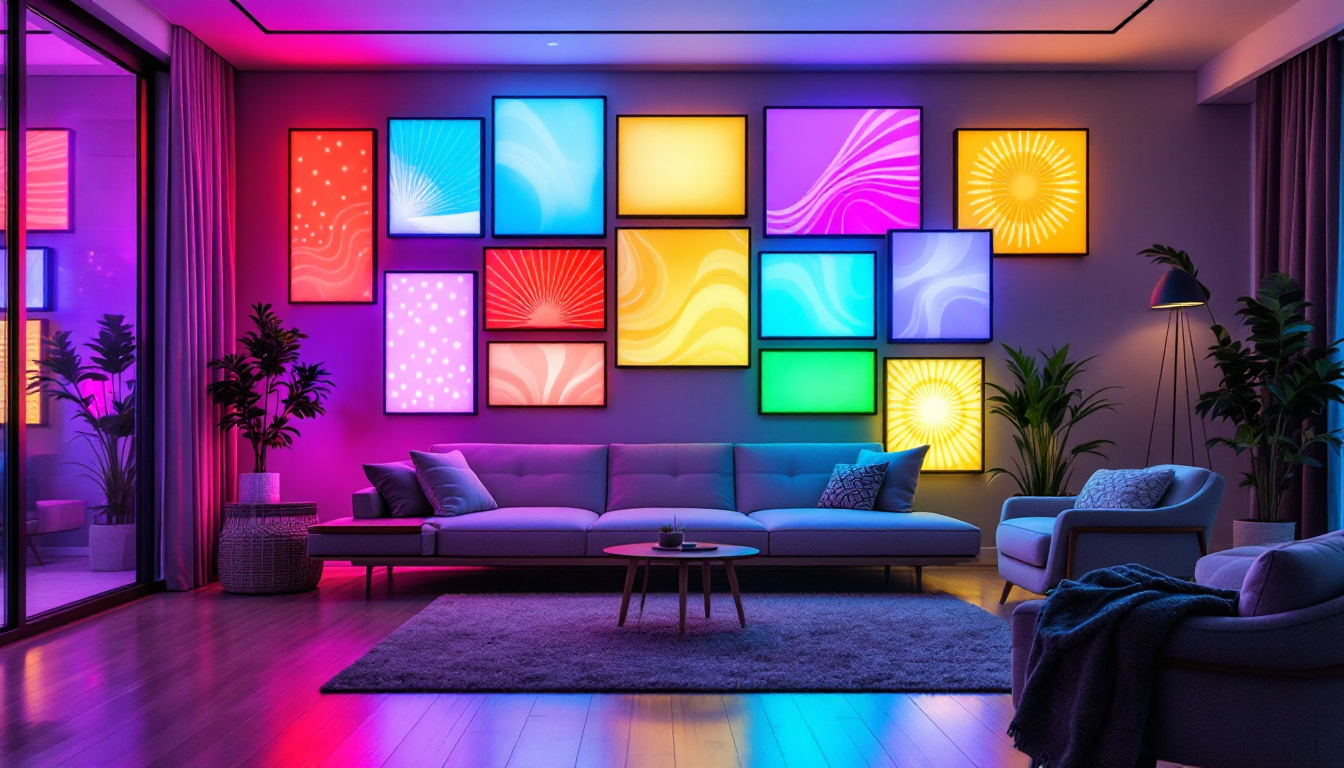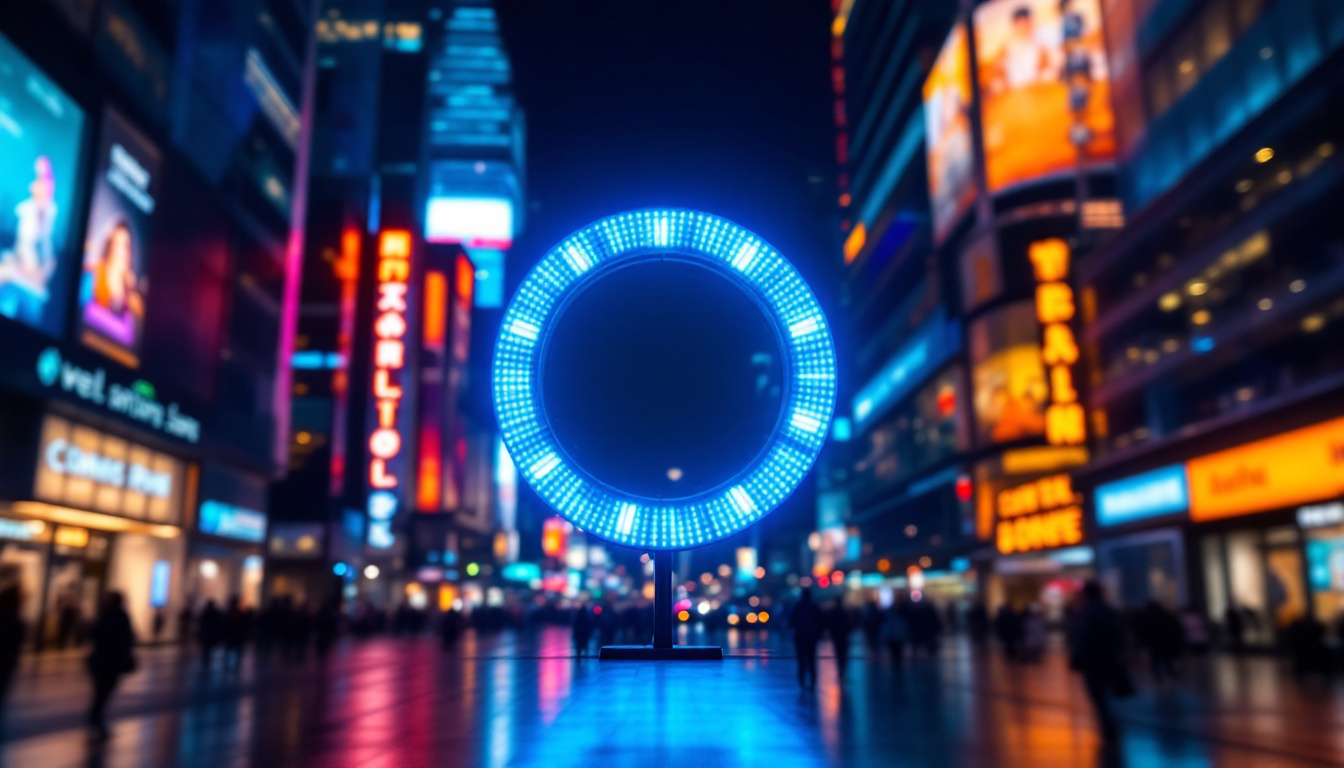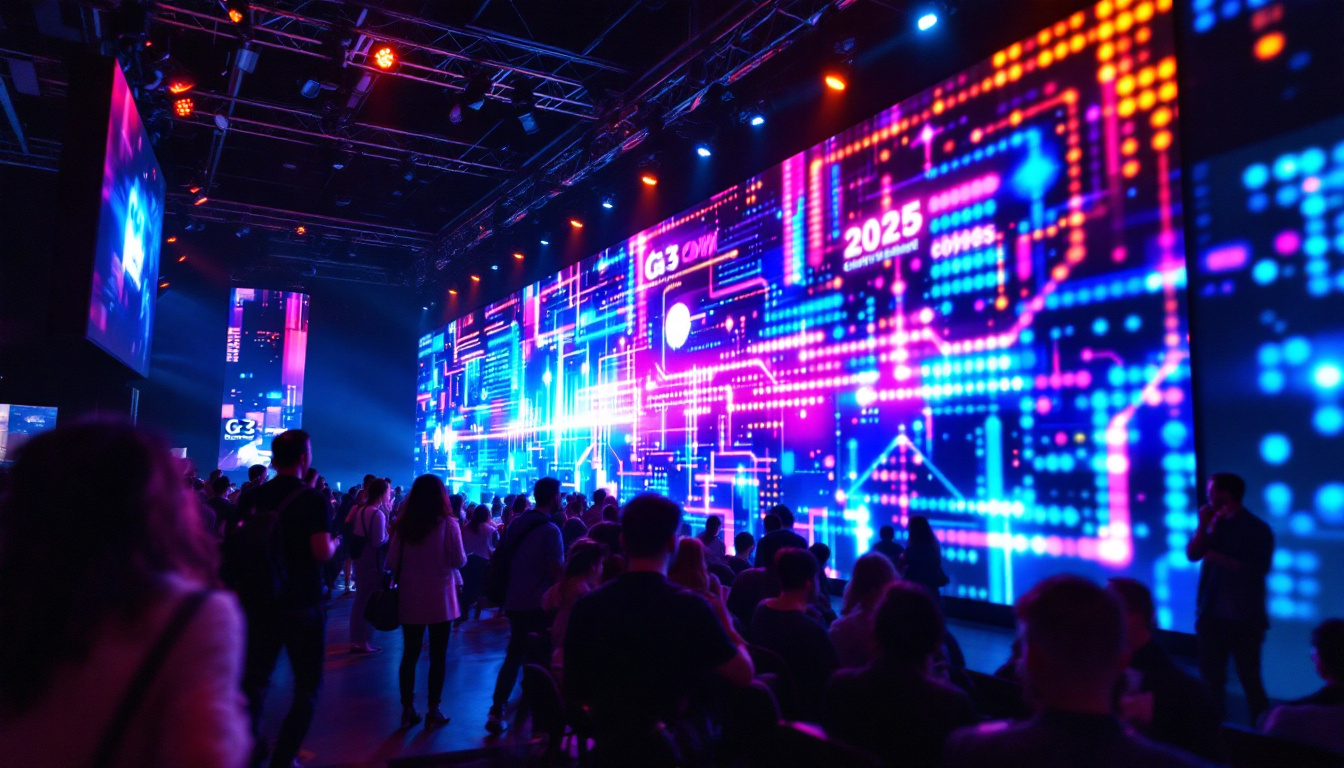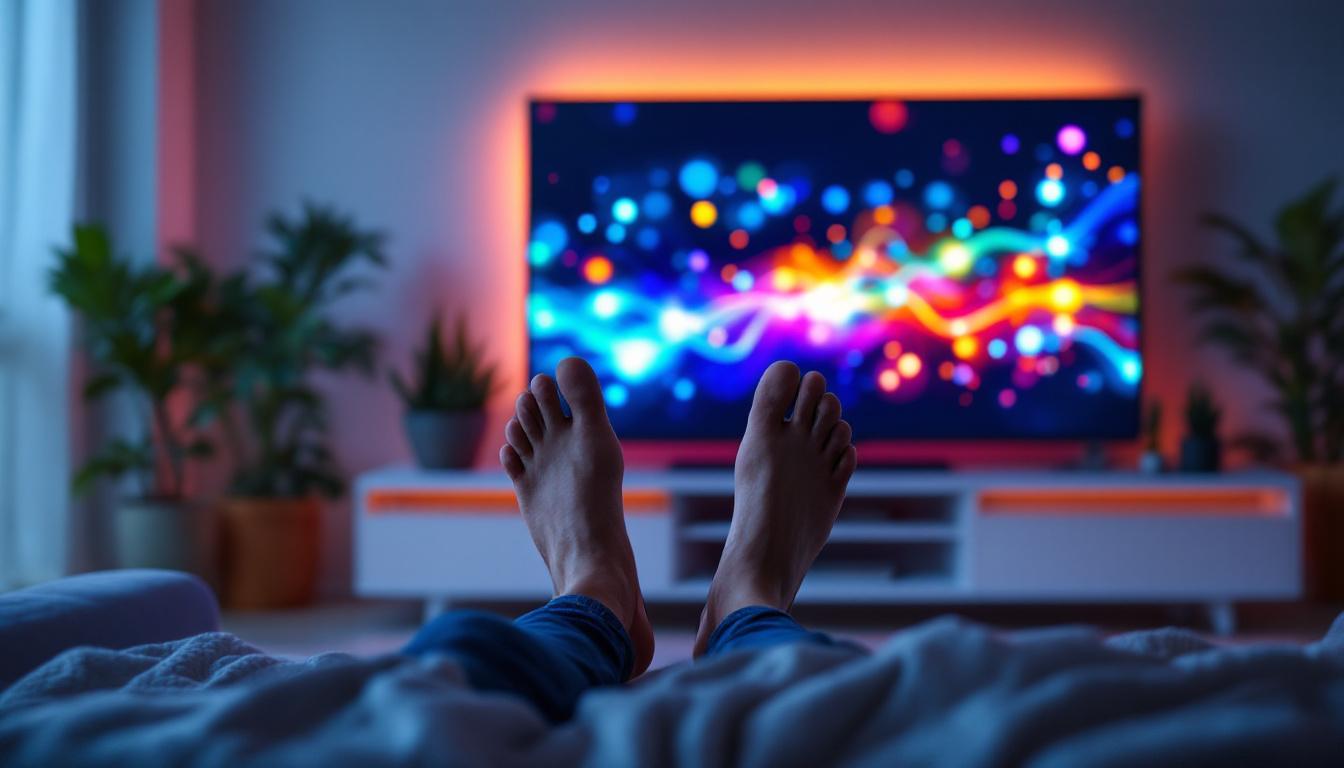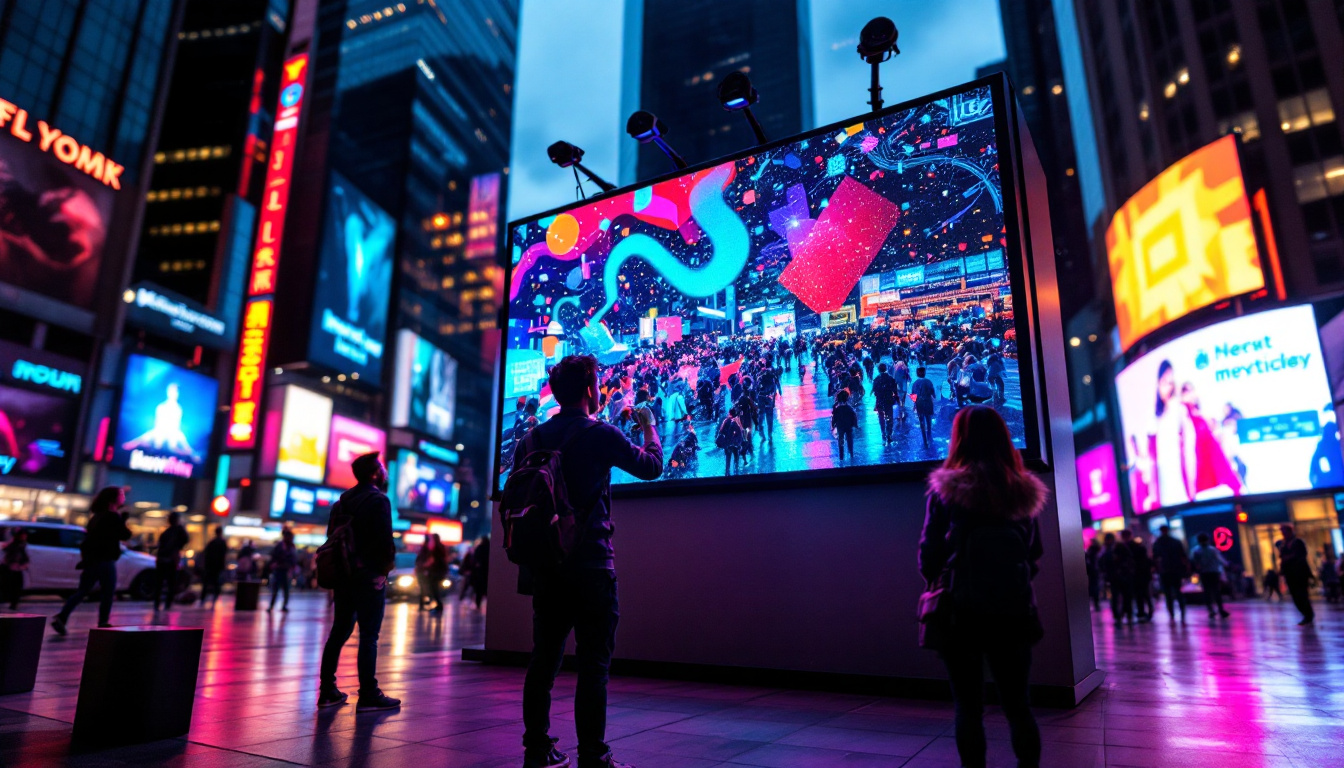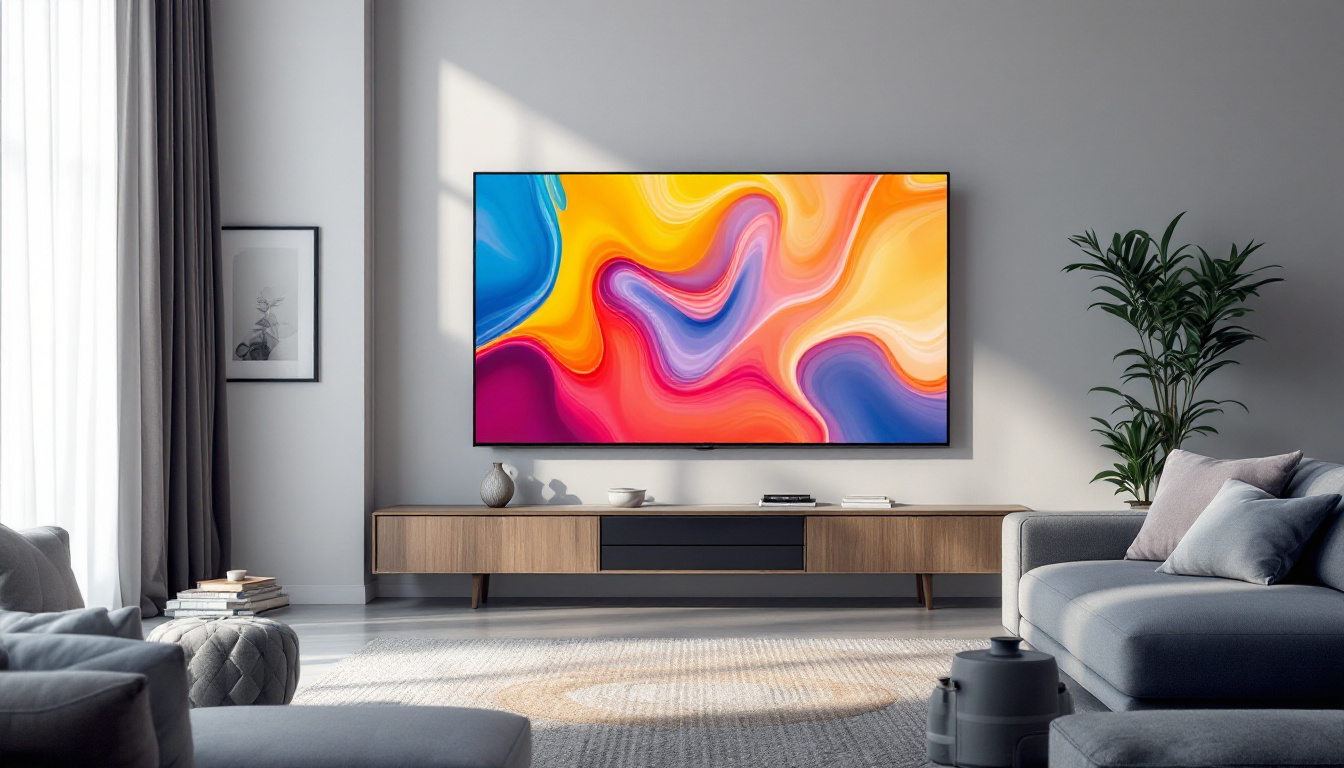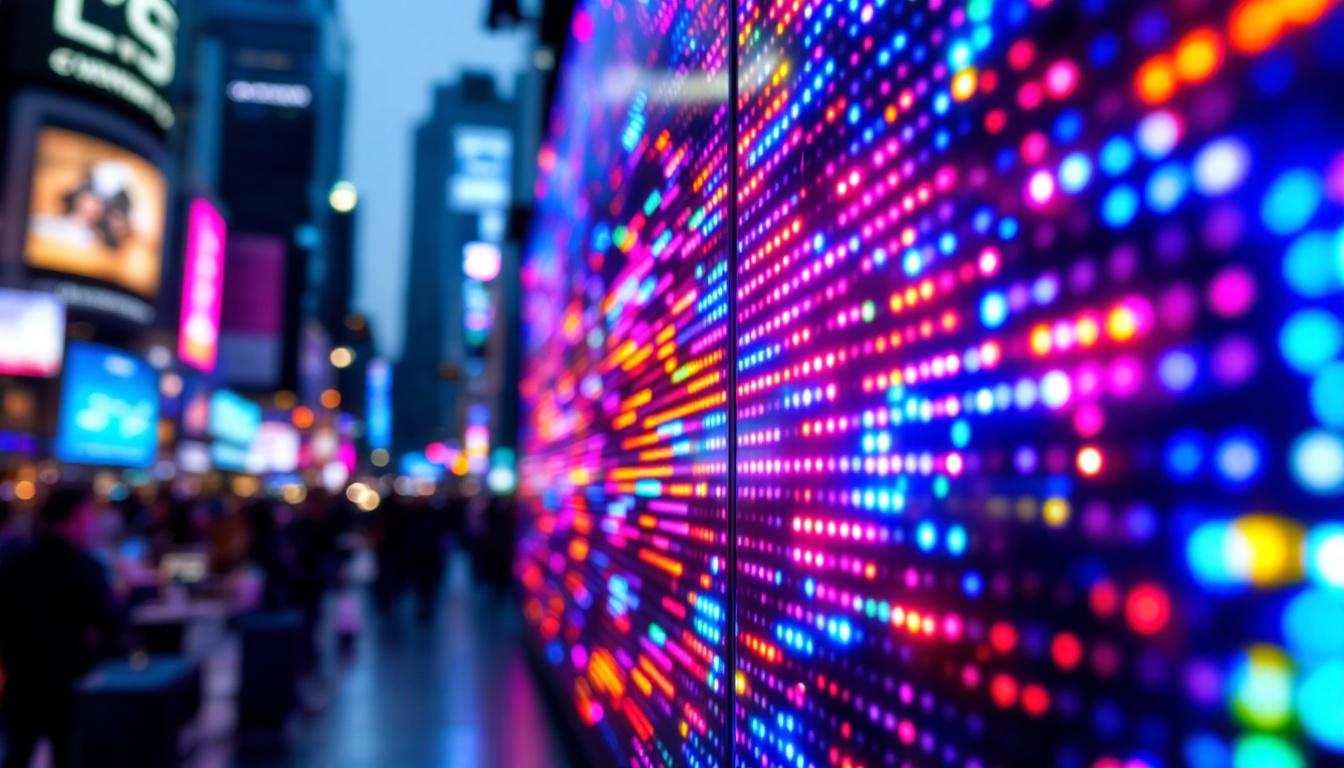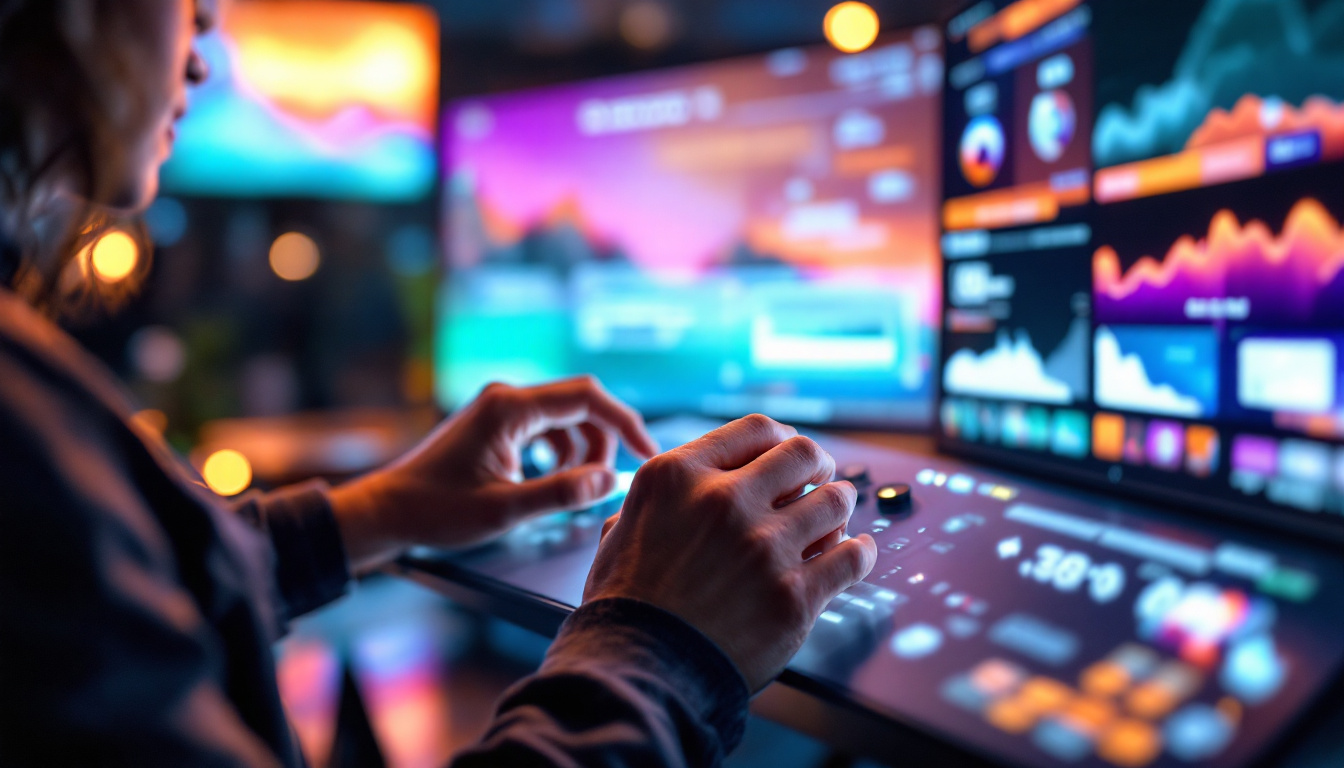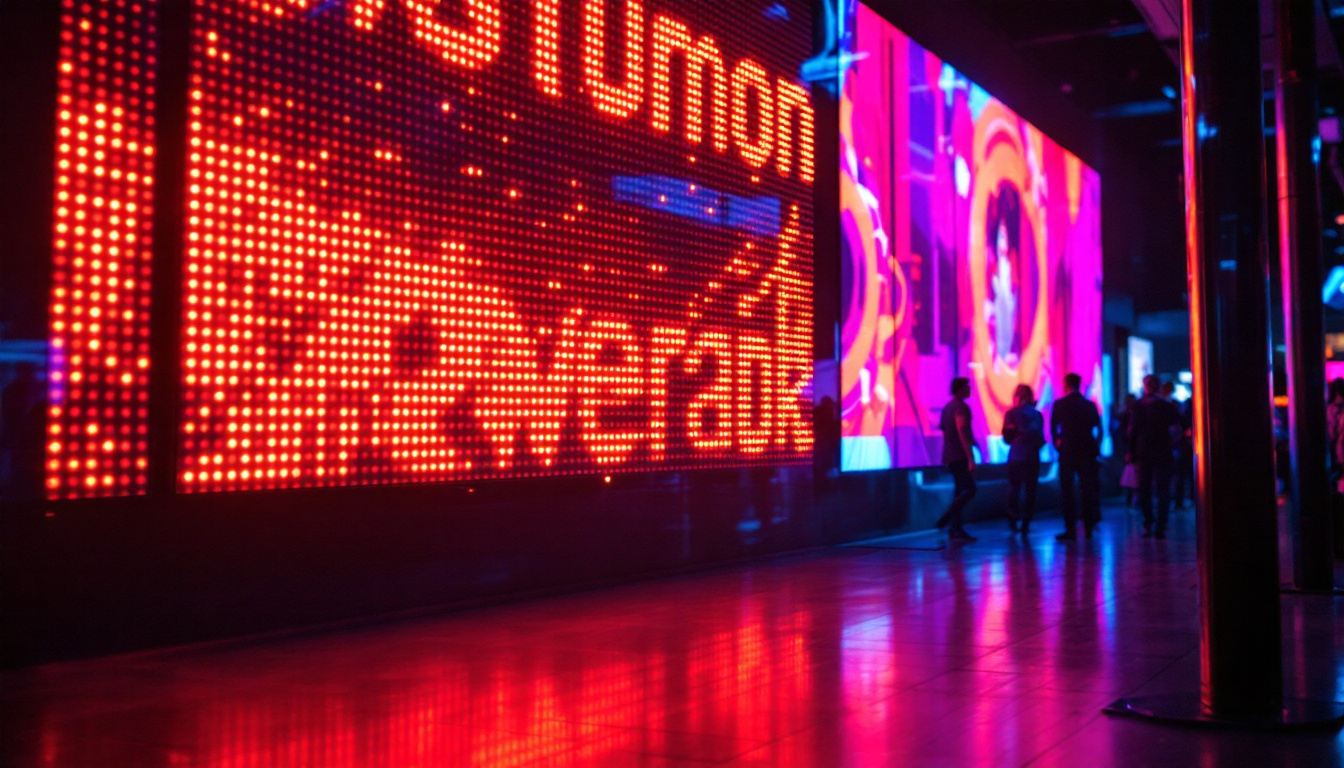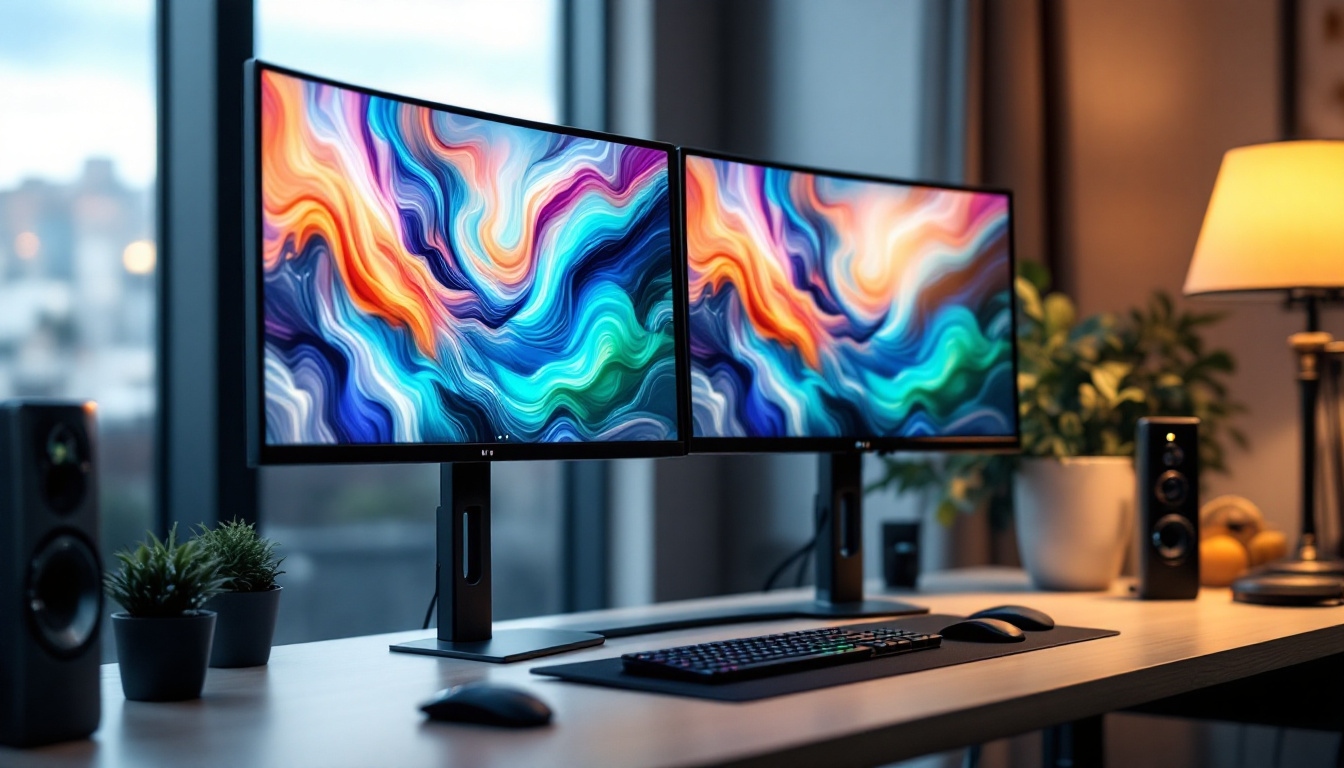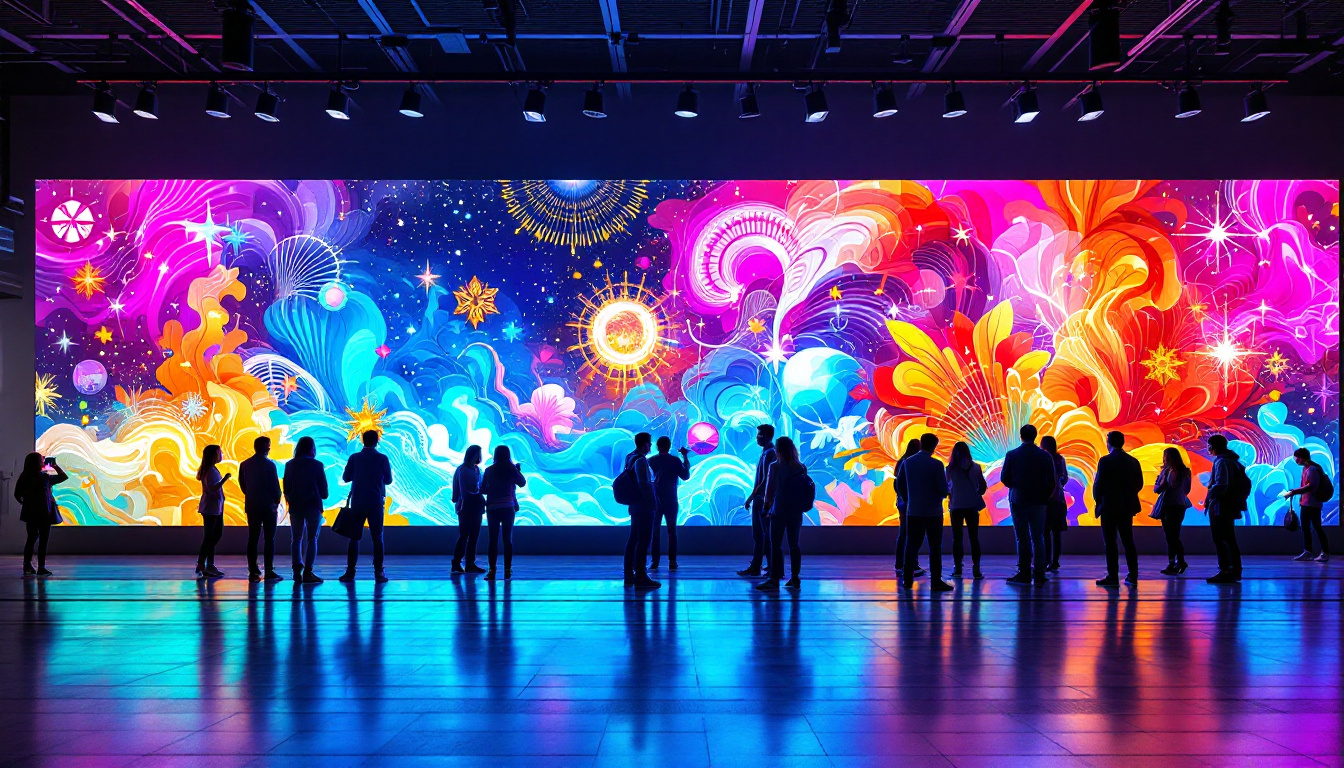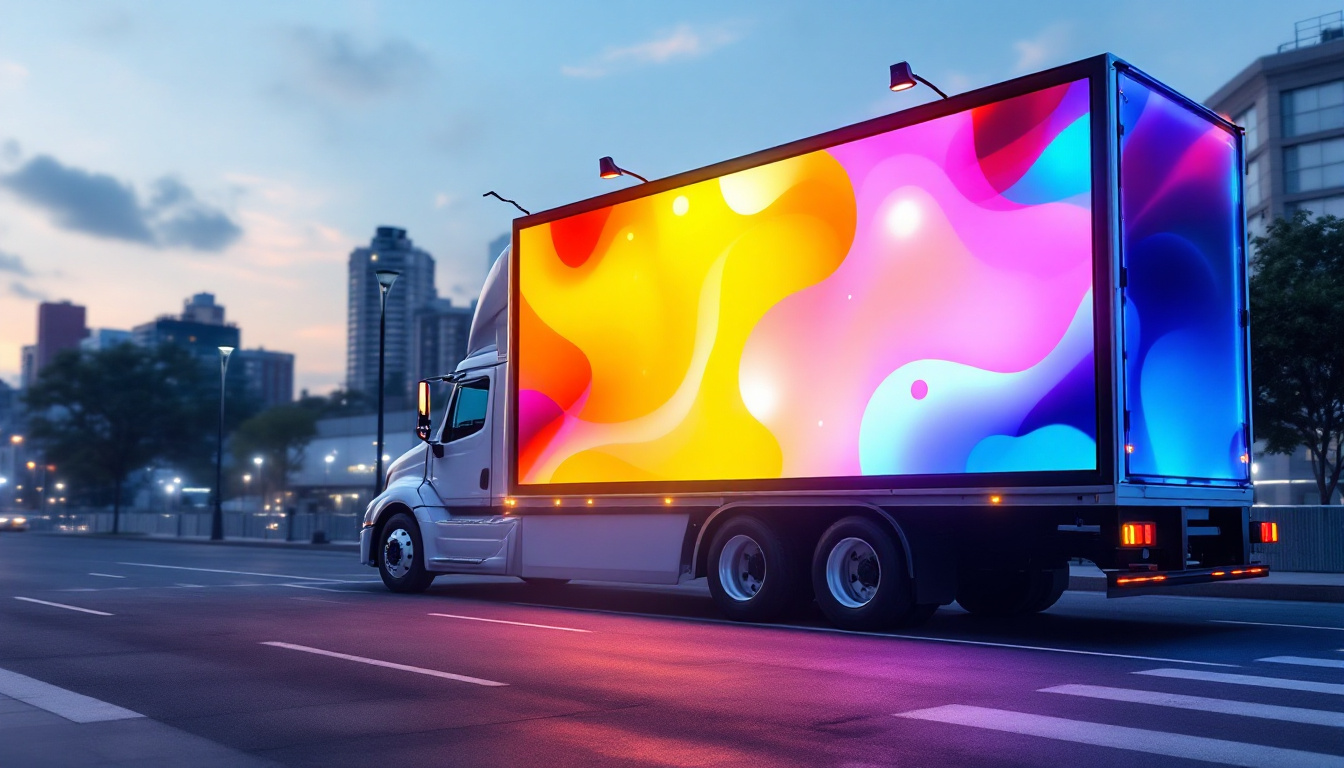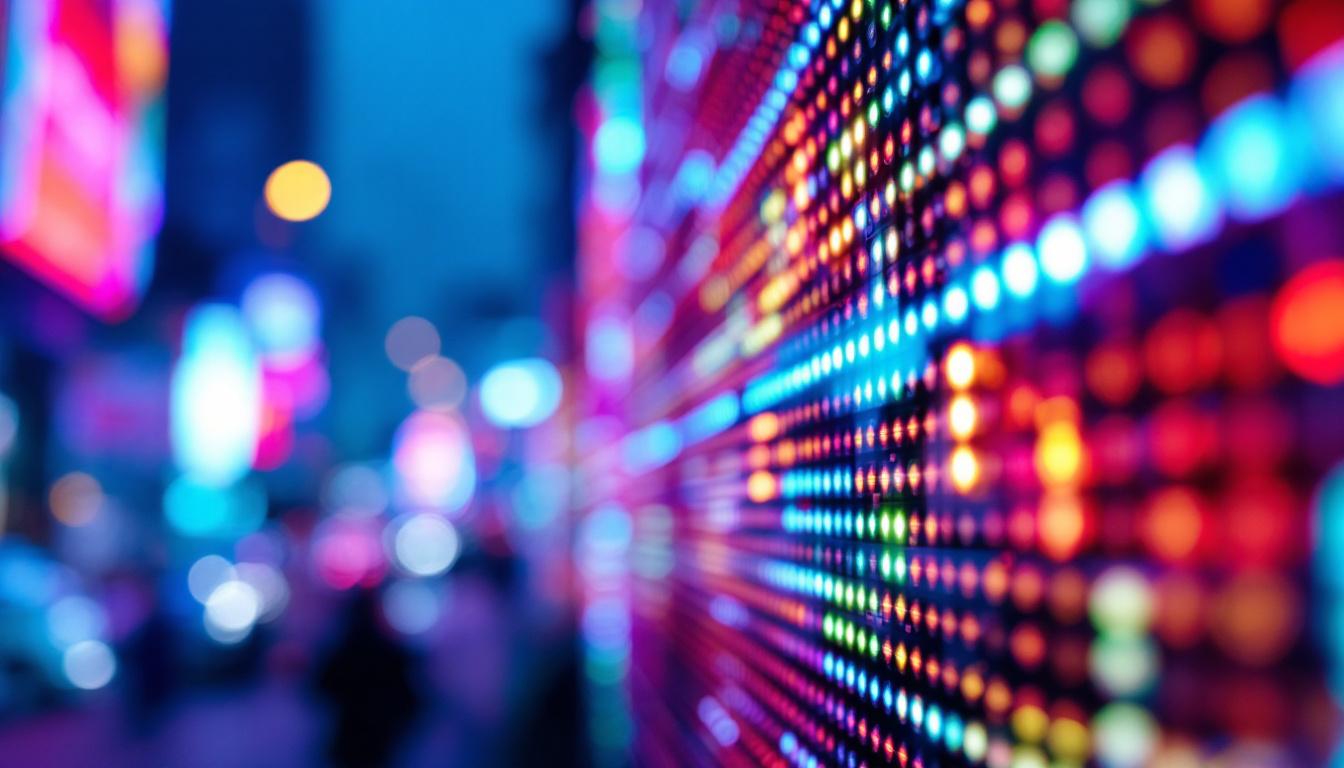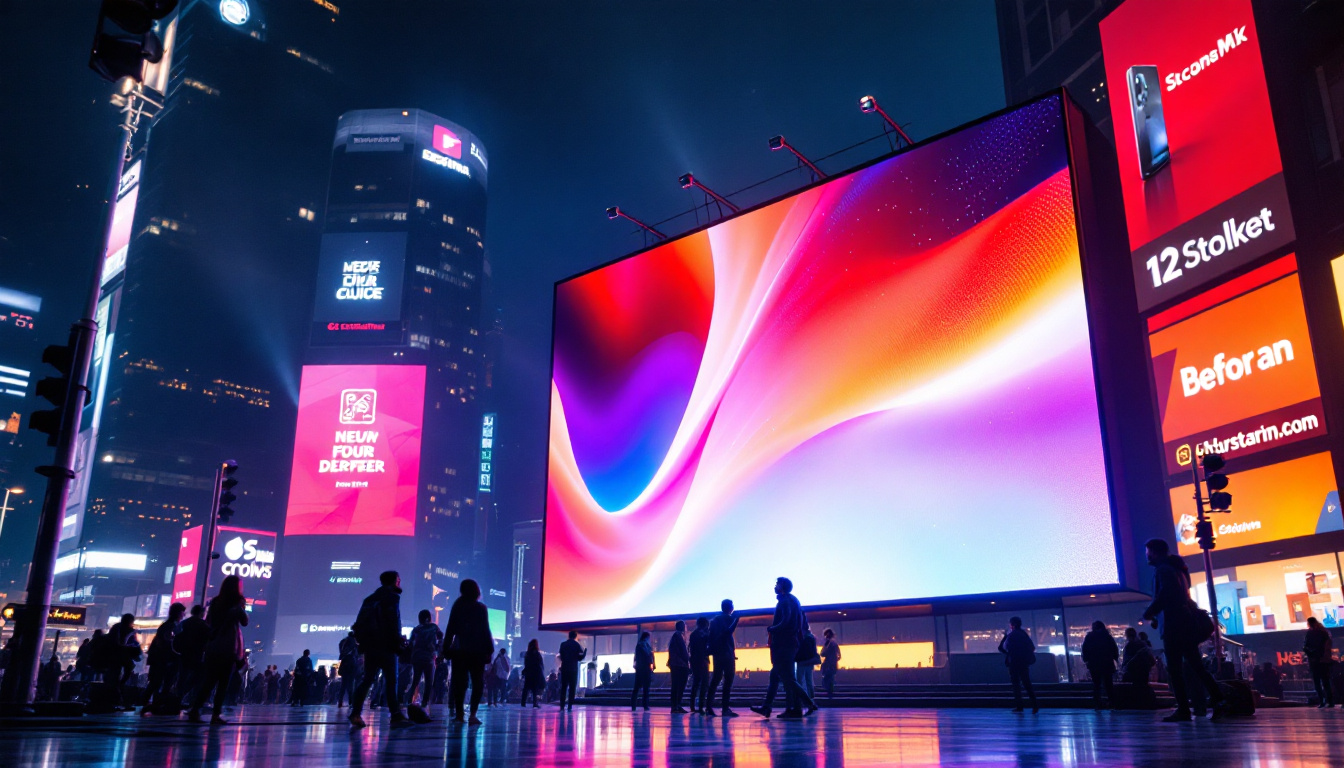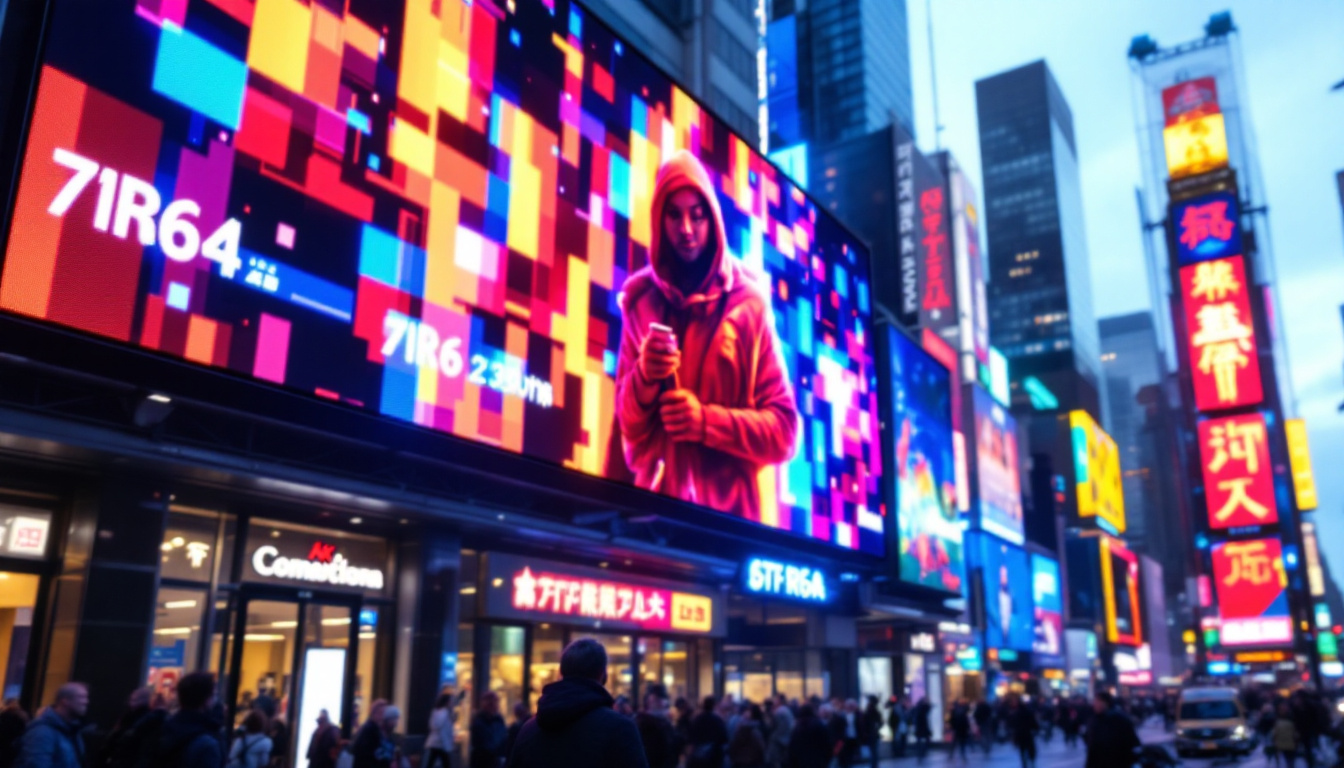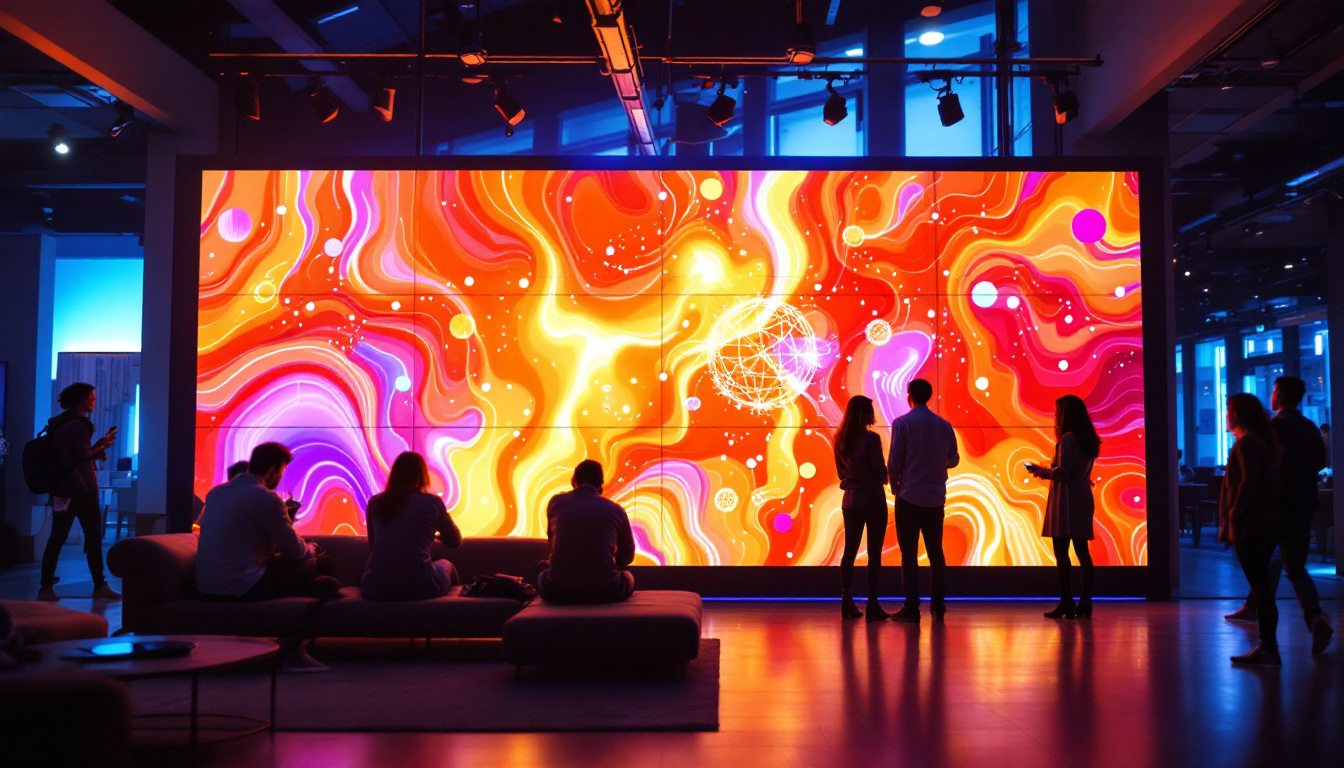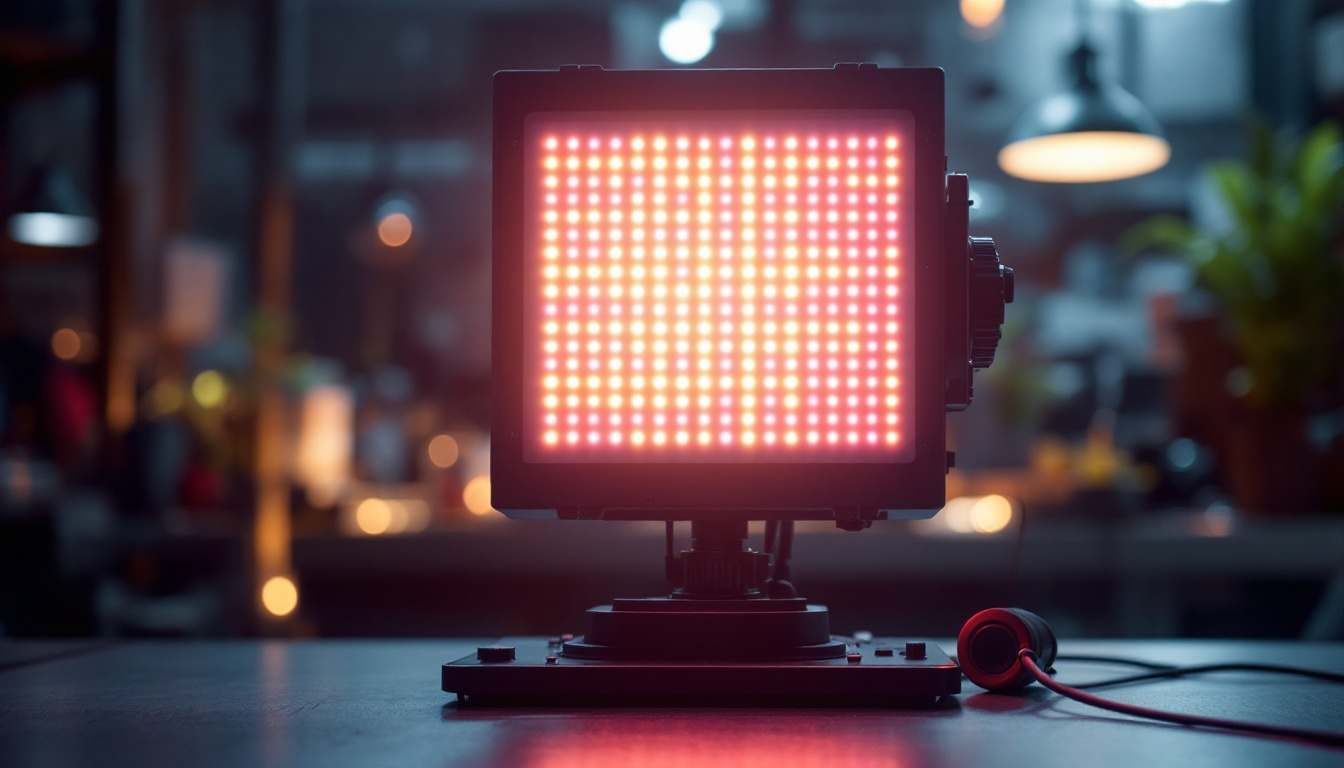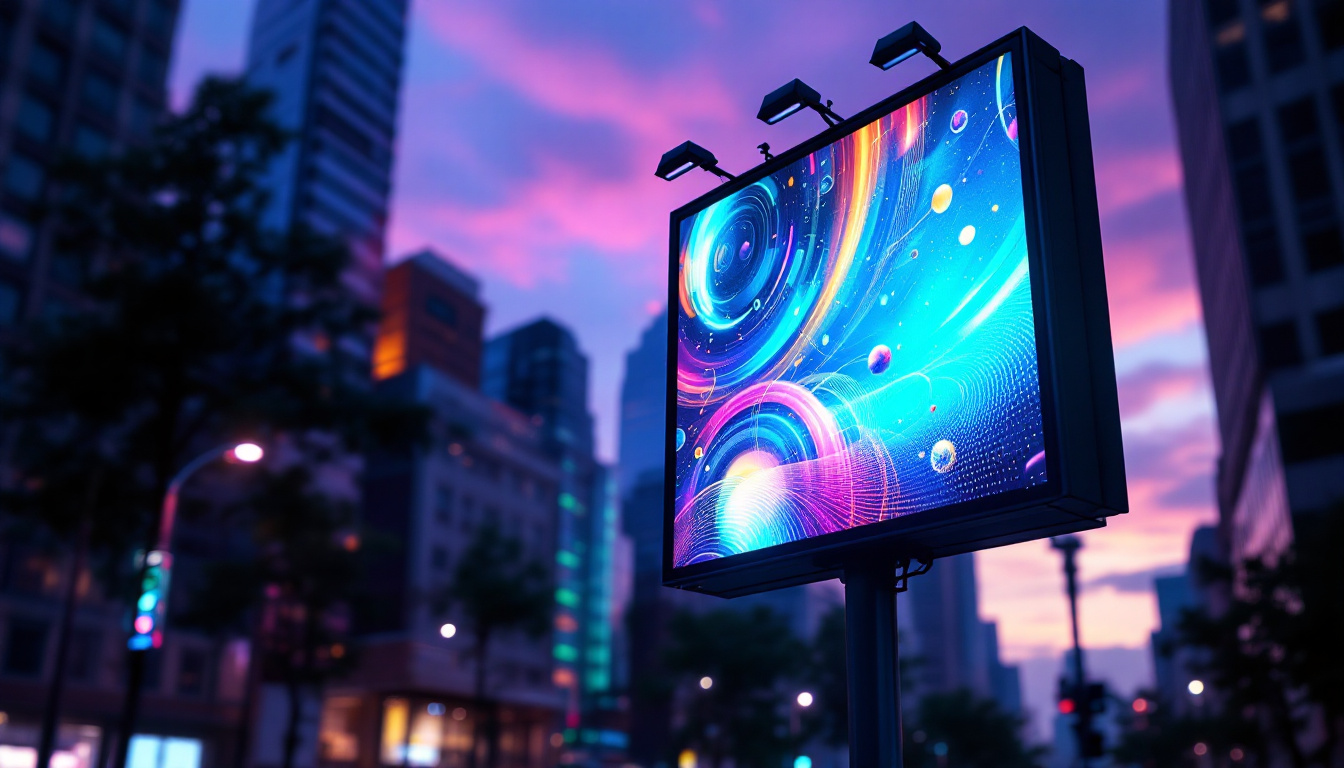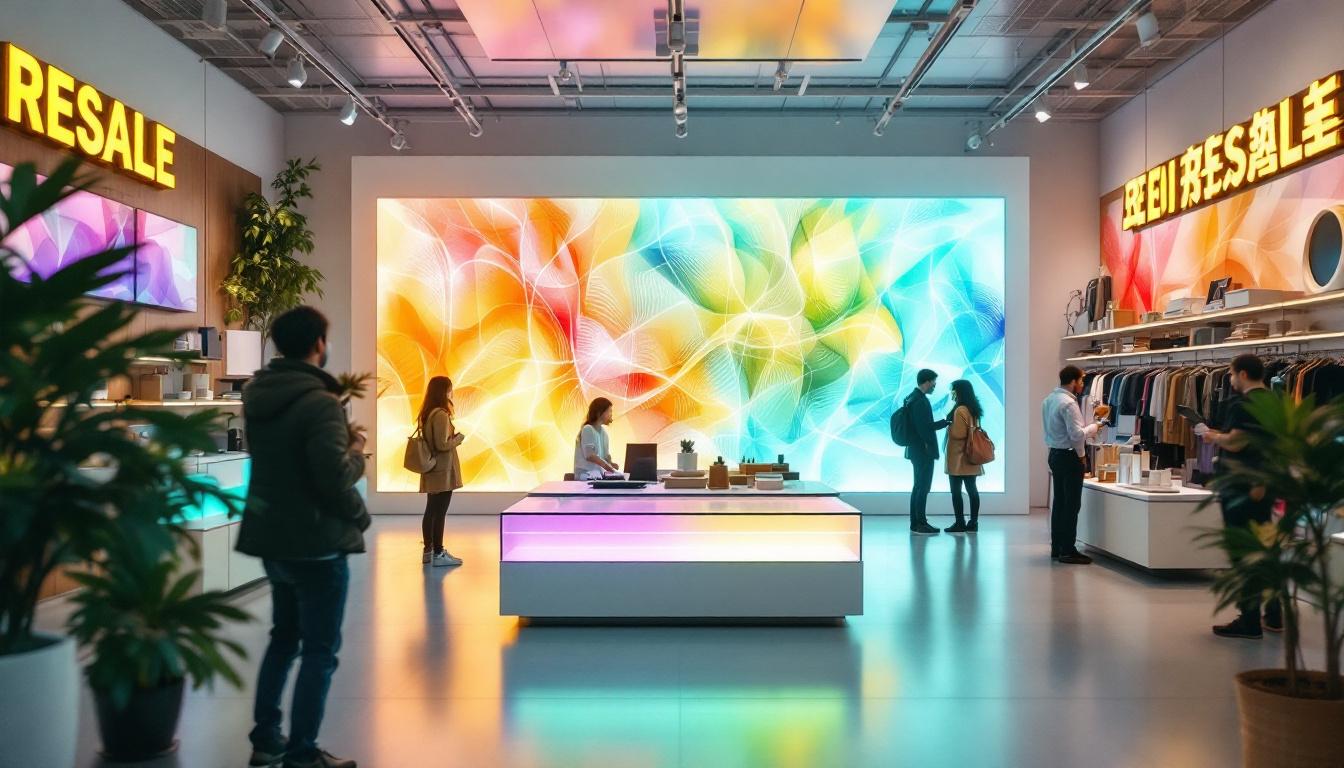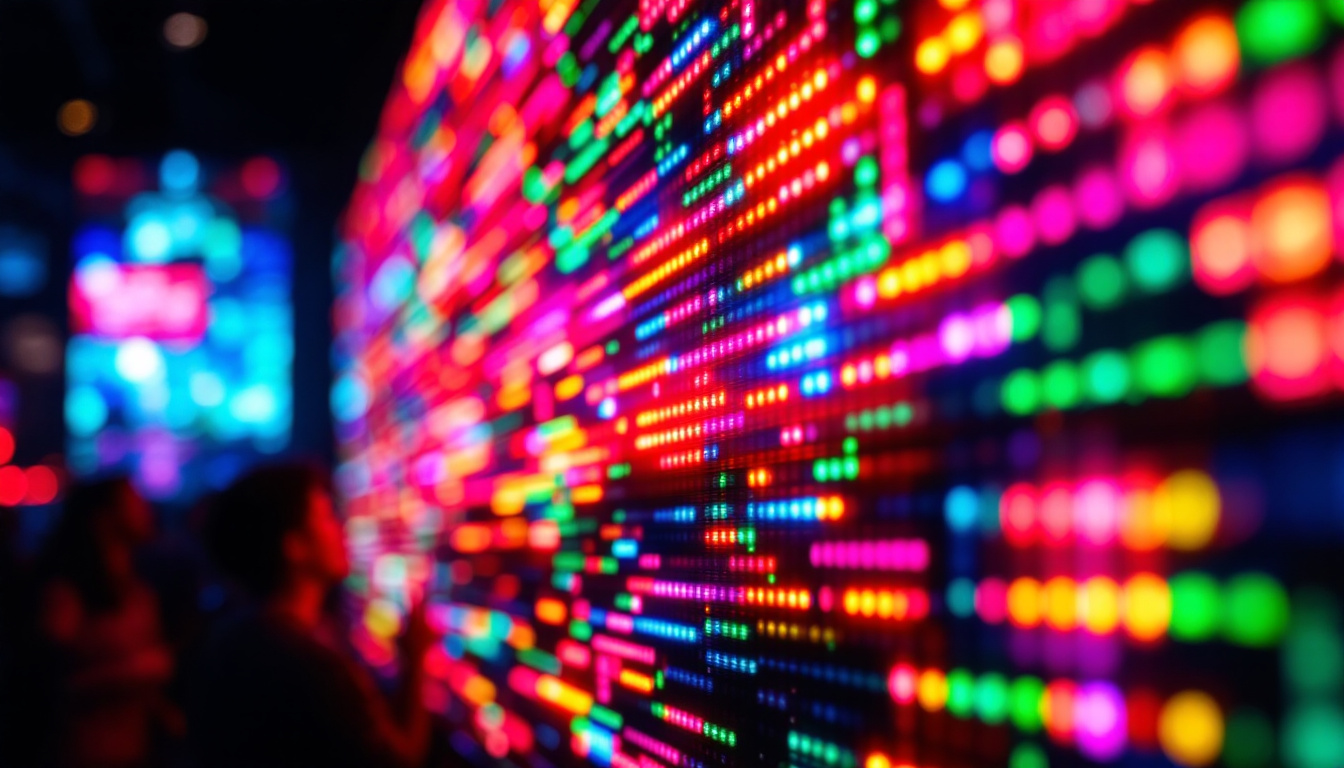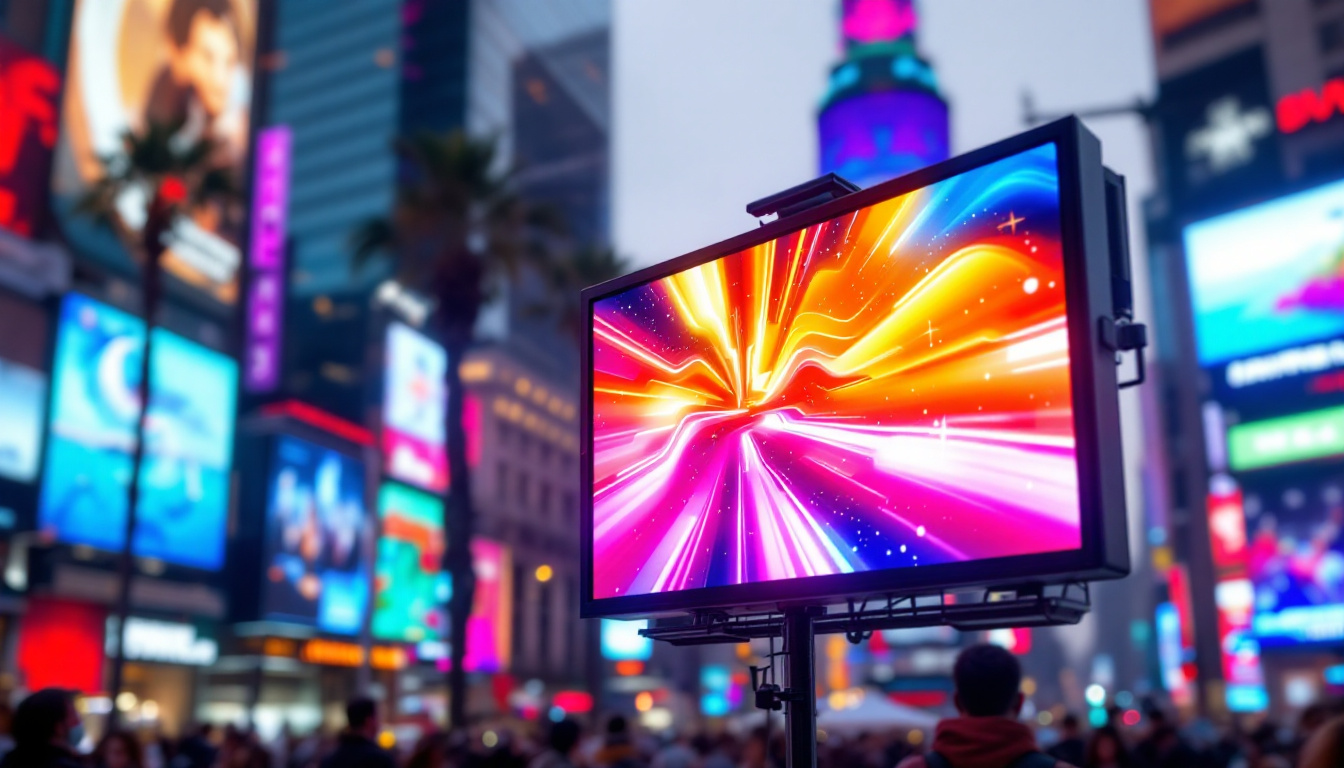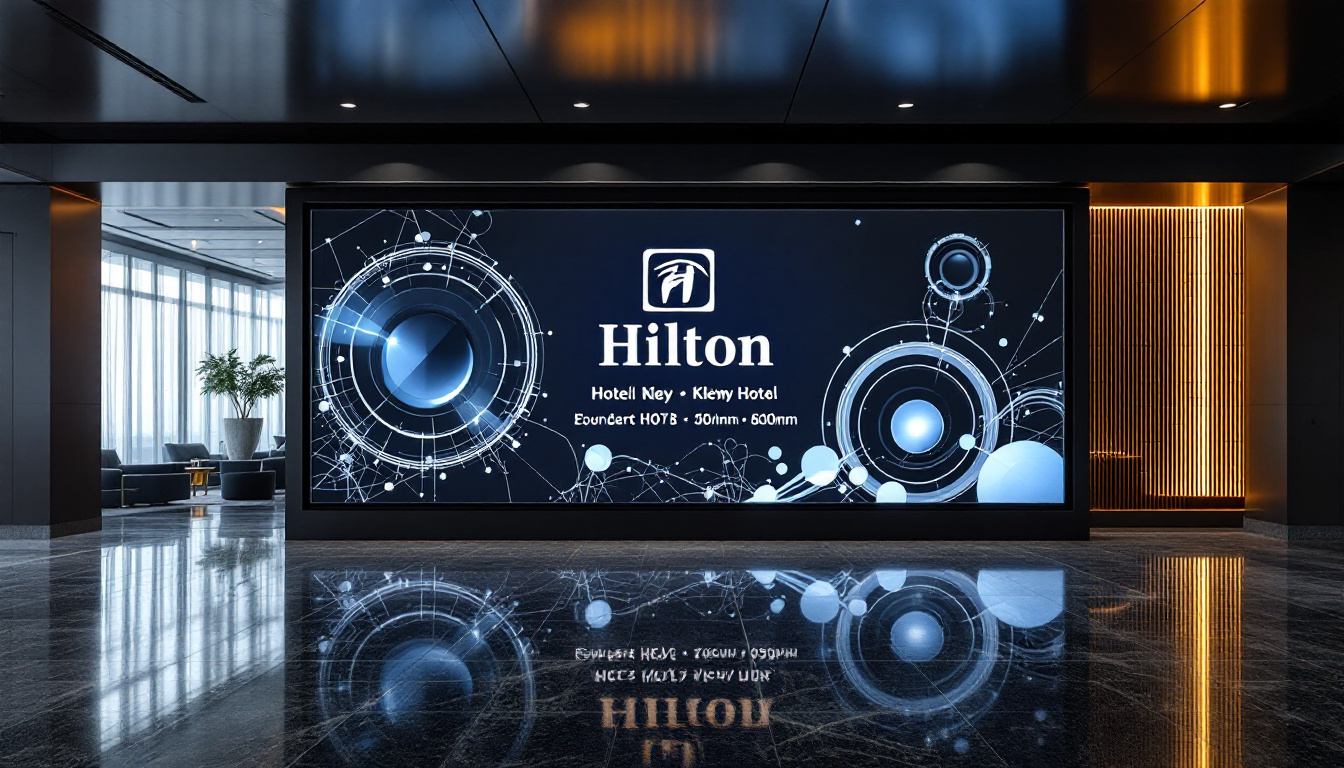In the world of live performances, stage design plays a pivotal role in creating an immersive experience for the audience. Among the various elements that contribute to this experience, LED displays have emerged as a transformative technology. This article delves into the significance of LED displays in stage design, exploring their advantages, applications, and the future of this innovative technology.
The Evolution of Stage Design
Stage design has evolved significantly over the years, transitioning from simple backdrops and props to complex, multi-dimensional environments. This evolution has been driven by advancements in technology, with LED displays at the forefront of this transformation.
From Traditional to Modern
Traditionally, stage design relied heavily on painted backdrops and physical props to create a desired atmosphere. While these elements still hold value, the introduction of digital technology has revolutionized the way designers approach stage aesthetics. LED displays allow for dynamic visuals that can change in real-time, providing a level of flexibility that was previously unattainable.
Modern stage design now incorporates LED screens not only as backdrops but also as interactive elements that engage the audience. This shift has opened up new avenues for creativity, enabling designers to craft visually stunning experiences that resonate with viewers on multiple levels. The integration of augmented reality (AR) and virtual reality (VR) has further enhanced this experience, allowing audiences to immerse themselves in the narrative in ways that were once the stuff of science fiction. For instance, a performance can be enhanced with AR overlays that provide additional context or storytelling elements, making each show unique and memorable.
The Role of Technology
As technology continues to advance, the tools available for stage design have become more sophisticated. LED displays are a prime example of this trend, offering high-resolution imagery and vibrant colors that enhance the overall visual impact of a performance. These displays can be seamlessly integrated into the stage, creating a cohesive design that captivates audiences.
Moreover, the ability to synchronize LED displays with live performances allows for an unparalleled level of coordination between the visuals and the action on stage. This synchronization not only amplifies the emotional resonance of a performance but also creates a more immersive experience for the audience. Lighting technology has also seen remarkable advancements, with programmable LED lights that can change color, intensity, and pattern in response to the music or dialogue, further enhancing the atmosphere. As designers experiment with these tools, they are able to create environments that not only support the narrative but also evoke specific emotions, transforming the stage into a living, breathing entity that evolves throughout the performance.
Advantages of LED Displays in Stage Design
LED displays offer numerous advantages that make them an essential component of modern stage design. Understanding these benefits can help designers make informed decisions when planning their productions.
Visual Impact
One of the most significant advantages of LED displays is their visual impact. With the ability to produce bright, vivid colors and sharp images, LED screens can capture the attention of the audience and enhance the overall aesthetic of a performance. Whether used as a backdrop or as part of the stage design, LED displays can create stunning visuals that elevate the production quality.
Additionally, LED technology allows for a wide range of creative possibilities. Designers can use animations, videos, and graphics to tell a story or convey emotions, making the performance more engaging and memorable. This versatility is a key factor in why many productions are now incorporating LED displays into their designs.
Flexibility and Adaptability
Another significant advantage of LED displays is their flexibility. Unlike traditional stage elements, which can be cumbersome and difficult to change, LED screens can be easily reconfigured to suit different performances. This adaptability allows designers to create unique experiences for each show, catering to the specific needs of the production.
For example, a concert may require a different visual aesthetic compared to a theatrical performance. With LED displays, designers can quickly adjust the content and layout to match the theme and mood of the event, ensuring that each performance feels fresh and tailored to the audience.
Cost-Effectiveness
While the initial investment in LED technology may seem high, the long-term cost-effectiveness cannot be overlooked. LED displays are known for their durability and low maintenance requirements, which can lead to significant savings over time. Additionally, the versatility of LED screens means that they can be used for multiple events, further maximizing their value.
Moreover, as technology continues to advance, the cost of LED displays has been steadily decreasing. This trend has made it more accessible for a wider range of productions, from small local shows to large-scale international tours.
Applications of LED Displays in Live Performances
The applications of LED displays in live performances are vast and varied. From concerts to theater productions, the versatility of LED technology allows for creative expression across multiple genres.
Concerts and Music Festivals
In the realm of concerts and music festivals, LED displays have become a staple. They are often used to create visually stunning backdrops that enhance the performance of the artists. High-resolution LED screens can display captivating visuals that sync with the music, creating a multisensory experience for the audience.
Additionally, LED displays can be used to showcase live feeds of the performers, allowing those further back in the audience to feel more connected to the action on stage. This not only enhances the overall experience but also ensures that every audience member has a clear view of the performance.
Theater Productions
Theater productions have also embraced LED displays as a means of enhancing storytelling. By using dynamic visuals, designers can create immersive environments that transport the audience into the world of the play. LED screens can depict various settings, from bustling cityscapes to serene landscapes, all while allowing for quick transitions between scenes.
Furthermore, the integration of LED displays into theater design allows for innovative storytelling techniques. For instance, projections can be used to illustrate characters’ thoughts or memories, adding depth to the narrative and enriching the audience’s understanding of the story.
LED displays are not limited to entertainment; they are also widely used in corporate events and presentations. Companies often utilize large LED screens to showcase their brand, products, and messages in a visually appealing manner. This application is particularly effective during product launches, conferences, and trade shows, where capturing the audience’s attention is crucial.
The ability to display high-quality graphics and videos on LED screens can significantly enhance the impact of a presentation. This visual engagement can lead to better retention of information and a more memorable experience for attendees.
The future of LED displays in stage design looks promising, with ongoing advancements in technology paving the way for even more innovative applications. As designers continue to explore the potential of LED technology, several trends are emerging that are likely to shape the landscape of live performances.
Increased Interactivity
One of the most exciting trends in LED display technology is the move towards increased interactivity. With the rise of augmented reality (AR) and virtual reality (VR), designers are beginning to incorporate interactive elements that engage the audience in new ways. For instance, audience members may be able to interact with visuals displayed on LED screens, creating a more immersive experience.
This level of interactivity not only enhances the overall experience but also fosters a deeper connection between the audience and the performance. As technology continues to evolve, the possibilities for interactive stage design are virtually limitless.
Advancements in Technology
As LED technology continues to advance, we can expect to see improvements in resolution, brightness, and energy efficiency. These advancements will enable designers to create even more stunning visuals that captivate audiences and enhance the overall experience.
Furthermore, the development of flexible and transparent LED displays is opening up new avenues for creativity. Designers can now explore unconventional shapes and layouts, allowing for innovative stage designs that push the boundaries of traditional performance spaces.
Sustainability Considerations
As the industry becomes increasingly aware of its environmental impact, sustainability is becoming a key consideration in stage design. LED displays are already more energy-efficient compared to traditional lighting and projection methods, but the push for greener solutions is likely to drive further innovations in this area.
Designers are now exploring ways to incorporate sustainable materials and practices into their stage designs, ensuring that the use of LED technology aligns with eco-friendly initiatives. This commitment to sustainability not only benefits the environment but also resonates with audiences who are increasingly conscious of their ecological footprint.
Conclusion
LED displays have revolutionized stage design, offering unparalleled visual impact, flexibility, and interactivity. As technology continues to advance, the applications of LED displays in live performances are only set to expand, creating exciting opportunities for designers to craft immersive experiences that resonate with audiences.
From concerts to theater productions and corporate events, the integration of LED technology is transforming the way performances are experienced. As the industry moves toward a more sustainable future, the role of LED displays will undoubtedly continue to evolve, shaping the landscape of live performances for years to come.
In conclusion, embracing LED displays in stage design not only enhances the visual appeal of performances but also enriches the overall experience for audiences, making it an essential component of modern live entertainment.
Illuminate Your Stage with LumenMatrix
Ready to elevate your live performance with the visual splendor of LED displays? LumenMatrix is at the forefront of LED display technology, offering a wide array of solutions that bring your stage design to life. From Indoor and Outdoor LED Wall Displays to innovative LED Sports and Floor Displays, our products are designed to captivate your audience and amplify your message. Discover the transformative power of LumenMatrix LED display modules and create an unforgettable visual experience. Check out LumenMatrix LED Display Solutions today and revolutionize your live event.

